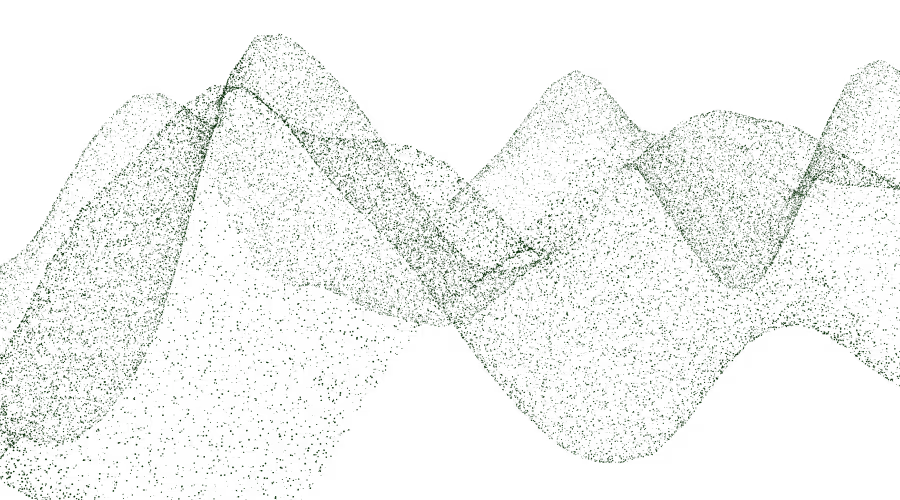Market Analysis
The State of Carbon Credits 2023

About the report
This is Sylvera’s second annual publication of The State of Carbon Credits report, focusing on how the market can move forward after a year of intense scrutiny.
We highlight where quality lies in the market, supported by Sylvera project-level case studies and global data, including credit issuance, retirement and pricing information. We also surface where critical opportunities are in the market, such as carbon project innovations, future investment prospects and policy trends.

Learn how businesses are shaping carbon market strategies with carbon.

Get started with Sylvera
Realise your net-zero goals with market-leading carbon ratings, tools, and data.











